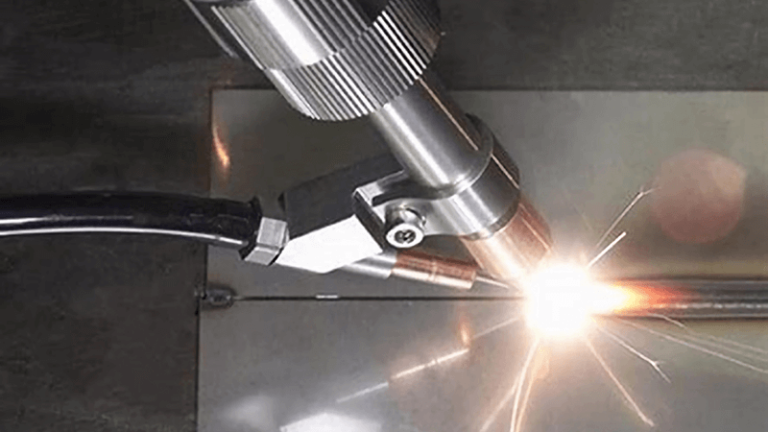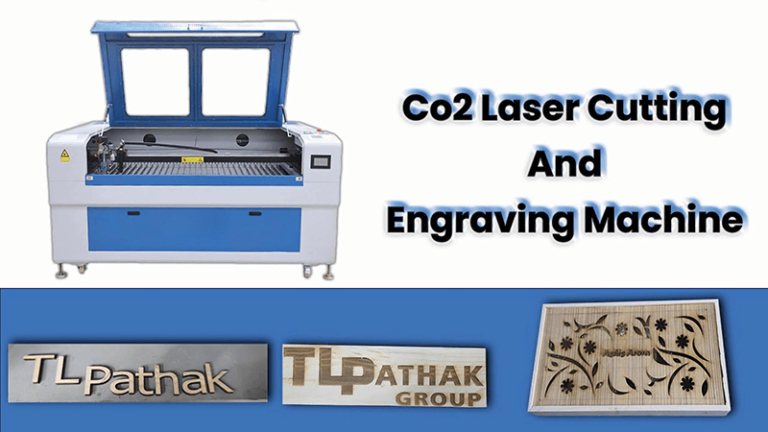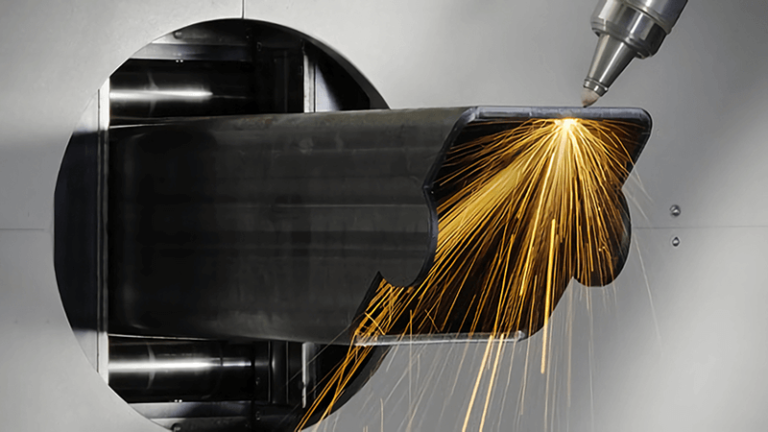Laser welding has transformed metal joining in modern industries. It's fast, precise, and versatile. But what makes it stand out? Let's explore how laser welding is changing the game.
Laser welding offers high precision, minimal heat distortion, and the ability to weld dissimilar metals. With adjustable power settings like 1.5kW, 2kW, 3kW, and 6kW, it caters to various industrial needs, enhancing productivity and quality.
Now, let's delve into the specifics of metal laser welding machines and understand their components and functionalities.
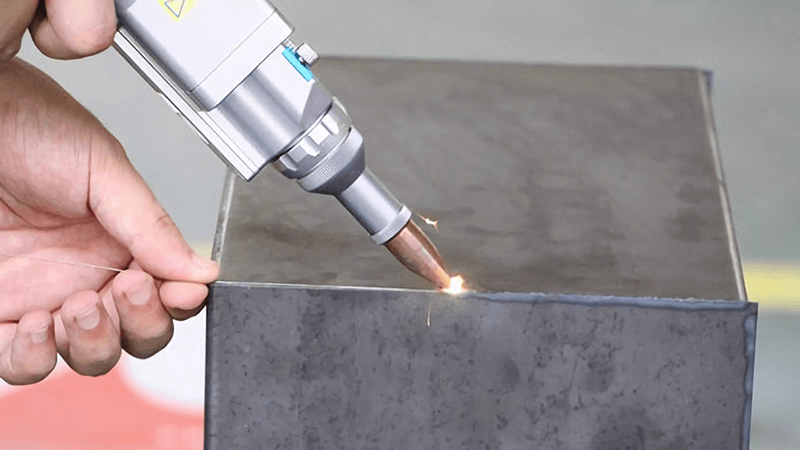
Some Details about The Metal Laser Welding Machine?
Understanding the components of a metal laser welding machine is crucial for effective operation. These machines are designed for precision and efficiency. Here's an overview of their key features.
Metal laser welding machines consist of several components: a laser source, beam delivery system, welding head, cooling system, and control unit. Each plays a vital role in ensuring high-quality welds.
Let’s break down the main components of a metal laser welding machine:
1. Laser Source
- Types: Fiber lasers1 are commonly used for their efficiency and precision. These lasers are able to produce highly concentrated beams that are ideal for welding thick metals at high speeds.
- Power Options: Available in 1.5kW, 2kW, 3kW, and 6kW, allowing customization based on material thickness and welding requirements. For example:
- 1.5kW: Suitable for light-duty welding on thinner metals (up to 2mm thickness).
- 2kW: Ideal for medium-duty applications like welding mild steel and stainless steel.
- 3kW: Best for welding thicker materials (up to 6mm) and achieving higher speed with better penetration.
- 6kW: Designed for heavy-duty industrial applications that require high penetration on thick metals (up to 10mm or more).
2. Beam Delivery System
- Components: Includes fiber optics and mirrors.
- Function: Transports the laser beam from the source to the welding head.
- Importance: Ensures the beam maintains its quality and focus during delivery. This precision delivery mechanism is crucial for achieving consistent weld quality.
3. Welding Head
- Features: Equipped with focusing lenses and nozzles.
- Function: Focuses the laser beam onto the workpiece and delivers shielding gas to protect the weld pool.
- Adjustability: Some systems offer automatic focusing for varying material thicknesses, enhancing the overall flexibility of the machine.
4. Cooling System2
- Types: Water-cooled systems are standard.
- Function: Maintains optimal operating temperatures for the laser source and other components.
- Efficiency: Prevents overheating, ensuring consistent performance over extended periods of use.
5. Control Unit3
- Interface: User-friendly touchscreen or software interface.
- Function: Allows operators to set parameters like power, speed, and focal length.
- Automation: Advanced systems offer programmable welding paths and integration with robotic arms, further enhancing productivity and precision.
Here’s a quick overview of the power options and suitable applications in a table format:
| Laser Power | Application | Suitable Material Thickness |
|---|---|---|
| 1.5kW | Light-duty welding | Up to 2mm |
| 2kW | Medium-duty welding | Up to 4mm |
| 3kW | Heavy-duty welding (medium thickness) | Up to 6mm |
| 6kW | Heavy-duty welding (thick materials) | Up to 10mm+ |
Understanding these components helps in selecting the right machine for your specific welding needs.
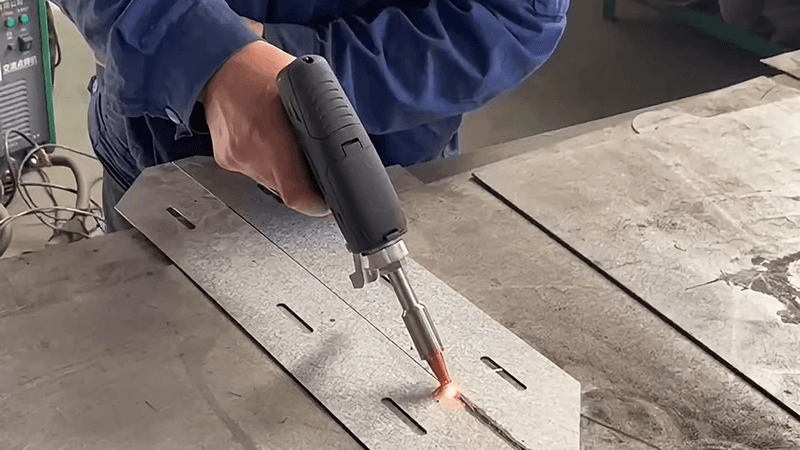
How Laser Welding Works: The Process Explained
Laser welding is a precise process that involves several steps. From beam generation to cooling, each phase is crucial for a successful weld. Let’s walk through the process in more detail.
The laser welding process involves generating a laser beam, focusing it onto the workpiece, melting the material, and allowing it to cool and solidify, forming a strong bond. The precision of this process sets it apart from traditional welding methods.
Here’s a step-by-step breakdown of the laser welding process:
-
- The laser source generates a highly concentrated beam of light. The energy from this beam is sufficient to melt the material at the welding joint.
-
Beam Delivery:
- The beam is delivered to the welding head using fiber optics and mirrors, which ensure the beam’s focus and direction are maintained without loss of energy.
-
Focusing:
- The welding head focuses the laser beam onto the material. The focused beam has a very high intensity, enabling it to melt the material at the precise location of the joint.
-
- The intense heat from the laser causes the material at the joint to melt. The molten material fuses together, forming a liquid pool that solidifies once the heat source is removed.
-
Shielding:
- Shielding gas6 is applied to protect the molten pool from contamination. This is crucial for preventing oxidation and ensuring that the weld maintains high quality. Common shielding gases include argon and nitrogen.
-
Solidification:
- As the molten material cools, it solidifies into a strong bond, completing the welding process. The result is a high-strength, clean joint with minimal distortion.
To further illustrate this, here is a table showing the various stages in the laser welding process:
| Stage | Description | Key Considerations |
|---|---|---|
| Beam Generation | Laser source generates a high-energy beam | Type of laser (fiber, diode) affects precision |
| Beam Delivery | Fiber optics and mirrors guide the laser beam | Ensure beam maintains focus and energy |
| Focusing | The welding head focuses the beam on the material | Critical for accurate welding |
| Melting & Fusion | Material at the joint melts and fuses | Requires optimal heat control |
| Shielding | Protective gas is applied to prevent oxidation | Gas type depends on material |
| Solidification | Material cools and solidifies, forming the weld | Fast cooling reduces distortion |
Each step of the laser welding process must be precisely controlled to ensure high-quality results.
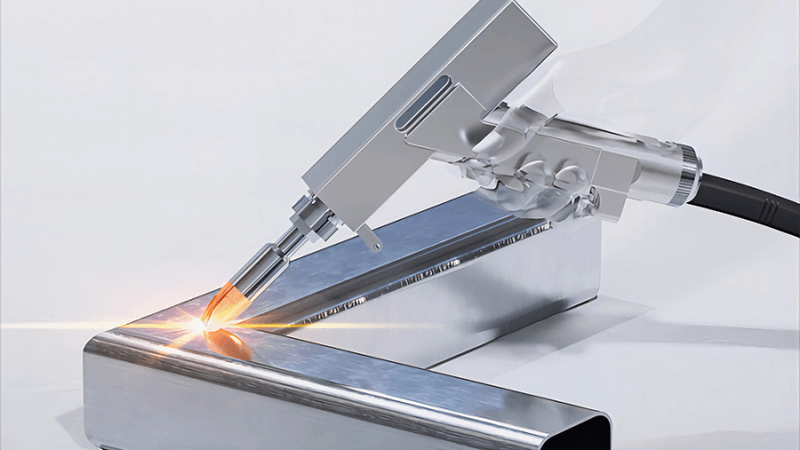
What Applications Does Laser Welding Have?
Laser welding's versatility makes it suitable for various applications across industries. From automotive to medical devices, its precision and speed are unmatched. Let’s explore some of the key applications.
Laser welding is widely used in automotive manufacturing, electronics assembly, medical device production, and aerospace industries, offering precision and efficiency in each application.
Laser welding is ideal for many industries due to its ability to produce high-precision7, strong joints8 with minimal heat-affected zones. Here are some specific applications:
1. Automotive Industry
- Applications: Joining body-in-white components, exhaust systems, battery packs, and more.
- Benefits:
- Precision: Ensures minimal distortion of sensitive parts.
- High Speed: Facilitates fast, continuous production lines.
- Lightweight: Helps create lightweight parts, improving vehicle efficiency.
2. Electronics Manufacturing
- Applications: Welding circuit boards, microelectronic components, and heat sinks.
- Benefits:
- Small Heat-Affected Zone: Prevents damage to delicate components.
- Speed: Allows high-speed production of small parts.
- Accuracy: Ensures that components are joined with extreme precision.
3. Medical Device Production
- Applications: Welding surgical instruments, implants, and other medical devices.
- Benefits:
- Clean Welds: Ensures no contamination for medical-grade parts.
- Strong Bonds: Guarantees durability for critical parts.
- Minimal Heat Impact: Prevents distortion of sensitive medical components.
4. Aerospace Industry
- Applications: Joining structural components, fuselage sections, and engines.
- Benefits:
- Strength: Provides high-strength joints that withstand extreme conditions.
- Precision: Helps in meeting tight tolerances for safety-critical parts.
- Reduced Weight: Supports the development of lighter, more fuel-efficient designs.
5. Heavy Machinery and Metalworking
- Applications: Welding parts for industrial machinery, construction equipment, and other heavy-duty products.
- Benefits:
- High Penetration: Can weld thick metals.
- Durability: Ensures long-lasting welds that can withstand harsh conditions.
Here’s a summary of the applications in a table:
| Industry | Applications | Benefits |
|---|---|---|
| Automotive | Body parts, exhausts, battery packs | Speed, precision, lightweight |
| Electronics | Circuit boards, micro-components | Accuracy, small heat-affected zone9 |
| Medical Devices | Surgical instruments, implants | Clean welds, strong bonds |
| Aerospace | Structural components, fuselage, engines | Strength, precision, reduced weight |
| Heavy Machinery | Industrial machinery, construction equipment | High penetration, durability |

How Laser Welding Machines Improve Production Efficiency
Laser welding machines enhance production efficiency by offering fast processing speeds, reduced energy consumption, and minimal post-processing requirements. Let’s examine how these machines contribute to streamlined operations.
By reducing processing times, energy usage, and the need for post-weld cleaning, laser welding machines significantly improve overall production efficiency.
Laser welding machines improve production efficiency in several ways:
1. Faster Processing Speeds10
- Benefit: Increased throughput and reduced cycle times.
- Impact: Higher production rates and lower labor costs. For example, using a 3kW or 6kW machine, manufacturers can cut down welding time by up to 40%, significantly improving throughput.
2. Reduced Energy Consumption11
- Benefit: Lower operational costs.
- Impact: More sustainable manufacturing practices. Laser welding systems are highly efficient, consuming less energy compared to traditional welding methods, which leads to savings in electricity costs.
3. Minimal Post-Processing
- Benefit: Less need for grinding or polishing.
- Impact: Reduced material waste and labor costs. Laser welding produces cleaner welds with minimal spatter, which means less time is spent on finishing processes.
4. Automation Capabilities12
- Benefit: Integration with robotic systems for consistent quality.
- Impact: Enhanced precision and reduced human error. Automated systems, powered by advanced control units, ensure high-quality, repeatable results with minimal supervision.
5. Versatility
- Benefit: Ability to weld various materials and thicknesses.
- Impact: Flexibility in production lines and product offerings. Laser welding machines can be adjusted for different power levels (1.5kW to 6kW) to accommodate diverse materials, from thin stainless steel to thick aluminum sheets.
Here’s a summary of how laser welding machines improve production efficiency:
| Efficiency Factor | Benefit | Impact |
|---|---|---|
| Faster Processing | Increased throughput, reduced cycle time | Higher production rates |
| Reduced Energy Consumption | Lower operational costs | More sustainable practices |
| Minimal Post-Processing | Less grinding/polishing | Reduced material waste |
| Automation Capabilities | Integration with robotic systems | Enhanced precision, reduced error |
| Versatility | Ability to weld various materials | Flexibility in production lines |
%[Hand-held fiber laser welding machine](hand-held fiber laser welding machine "Laser Welding Machine Efficiency")
Conclusion
In conclusion, laser welding has revolutionized metal joining by offering precise, efficient, and versatile solutions across various industries. Understanding the components, process, applications, and efficiency improvements associated with laser welding machines can help businesses make informed decisions and enhance their manufacturing capabilities.
Contact us to get your laser weldinng machine13 and solutions.
-
Explore the benefits of Fiber lasers for welding, including efficiency and precision, to enhance your understanding of modern welding technology. ↩
-
Learn about the importance of Cooling Systems in maintaining optimal performance and preventing overheating in laser welding machines. ↩
-
Discover essential features of Control Units in laser welding machines that enhance usability and automation for better productivity. ↩
-
Exploring laser beam generation will provide insights into the technology behind effective welding techniques. ↩
-
Learning about melting and fusion stages is essential for mastering the laser welding process and ensuring strong joints. ↩
-
Understanding the role of shielding gas is crucial for achieving high-quality welds and preventing oxidation. ↩
-
Explore this link to understand how high-precision laser welding enhances quality and efficiency across various industries. ↩
-
Discover how strong joints contribute to the longevity and reliability of products in various manufacturing sectors. ↩
-
Learn why a small heat-affected zone is crucial for maintaining the integrity of delicate components in welding processes. ↩
-
Explore how faster processing speeds can lead to significant improvements in production efficiency and cost savings. ↩
-
Learn about the advantages of energy efficiency in laser welding and its impact on operational costs and sustainability. ↩
-
Discover how automation in laser welding can improve precision and reduce human error, leading to better production outcomes. ↩
-
Learn about laser welding machines about kirin laser. ↩


